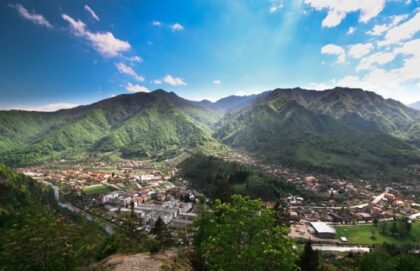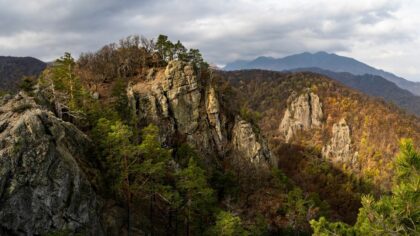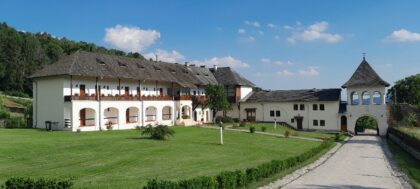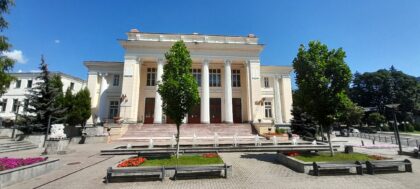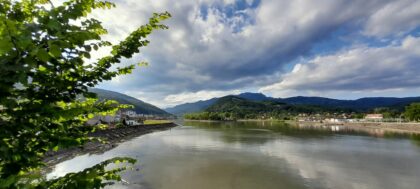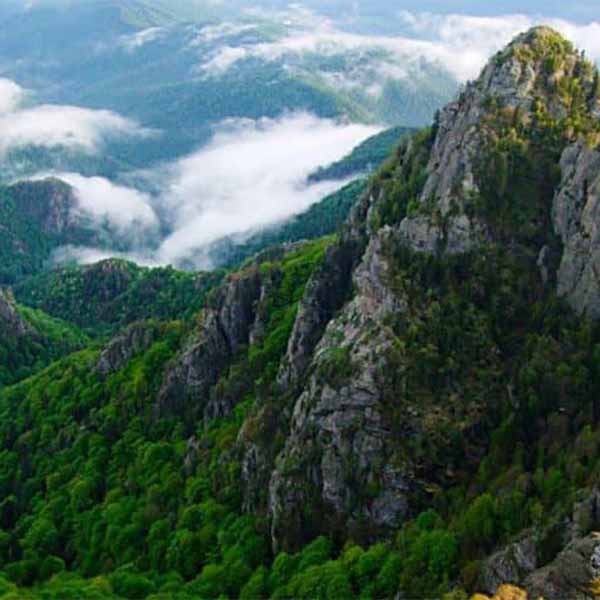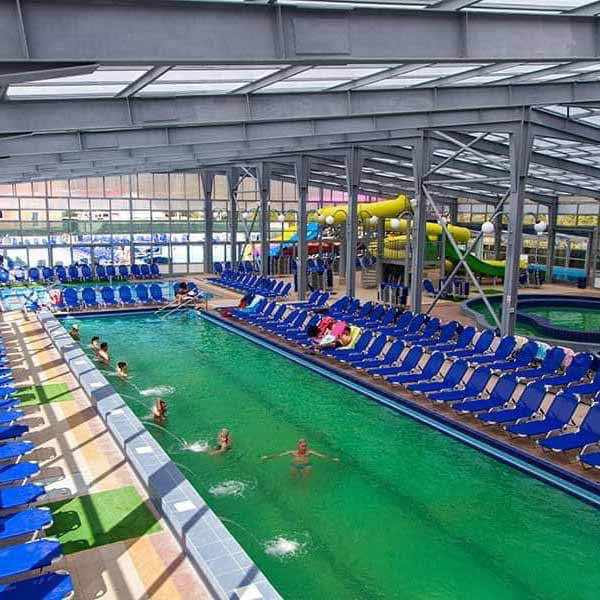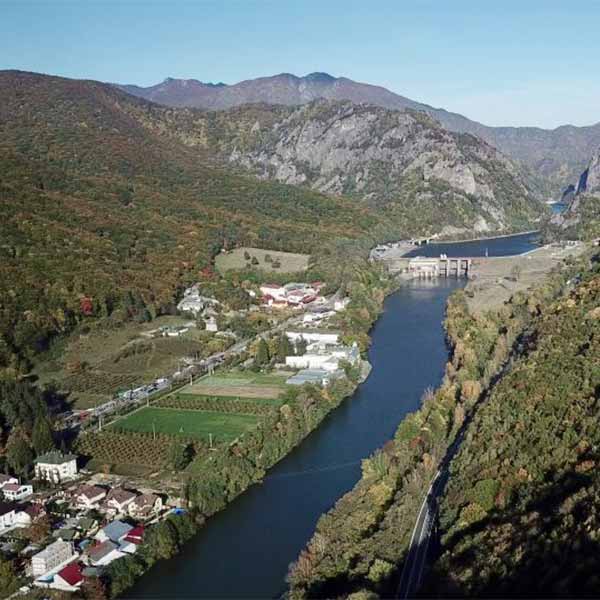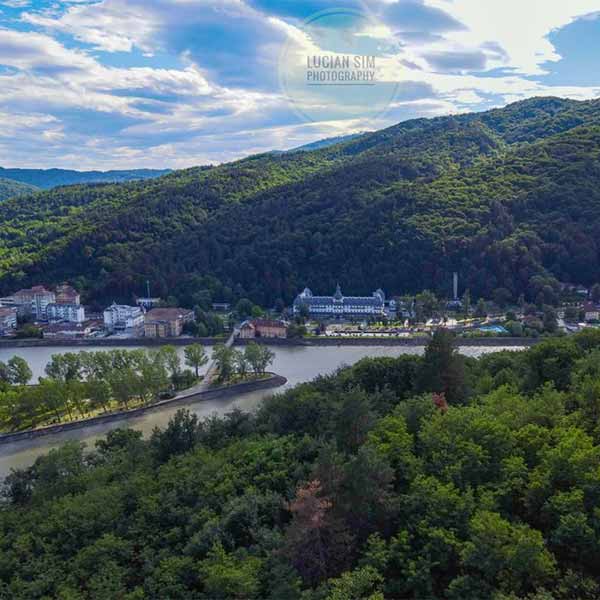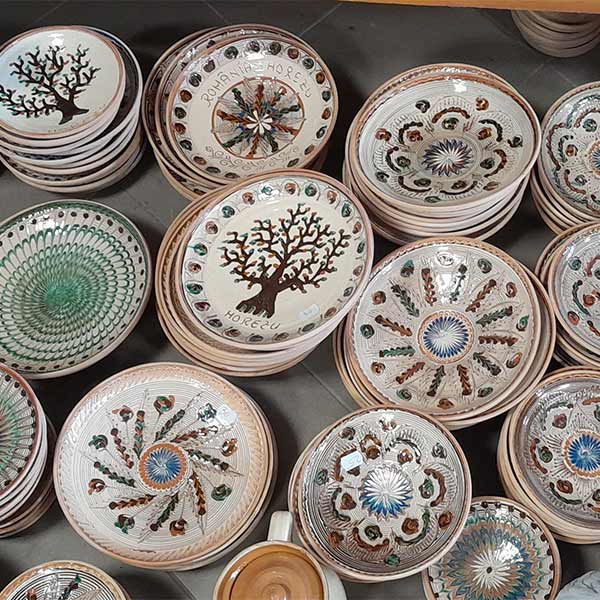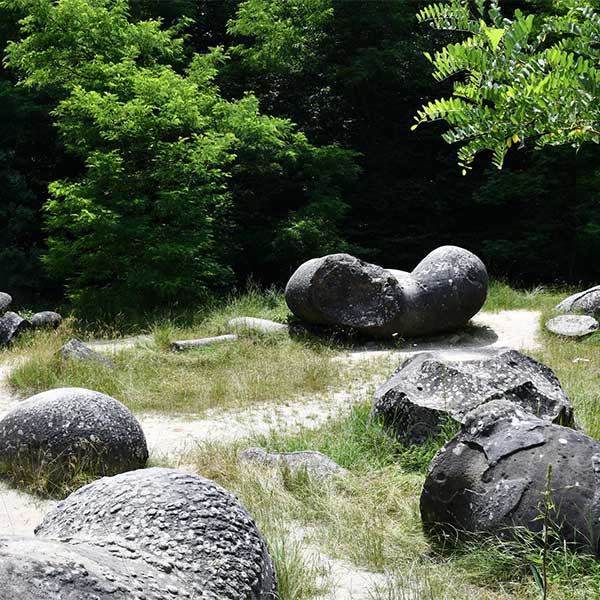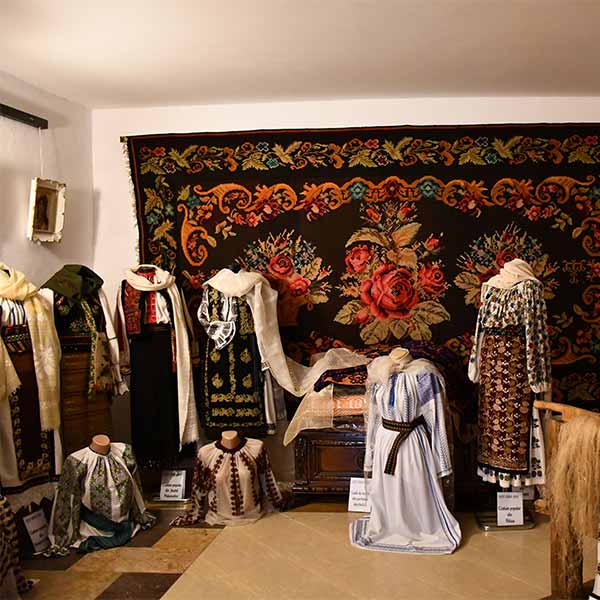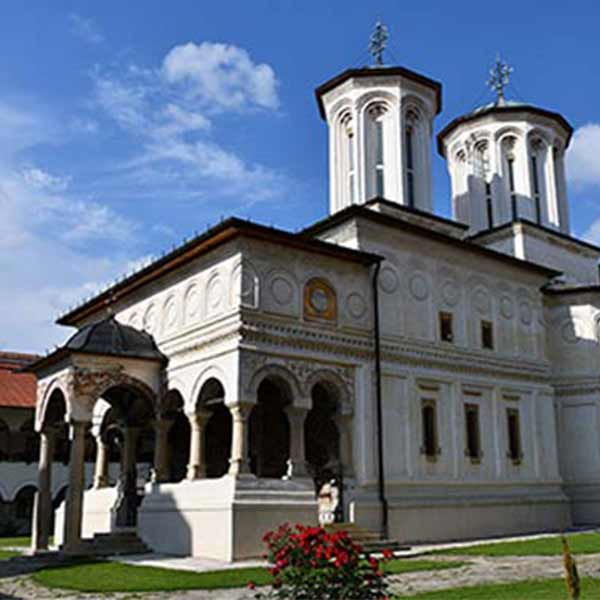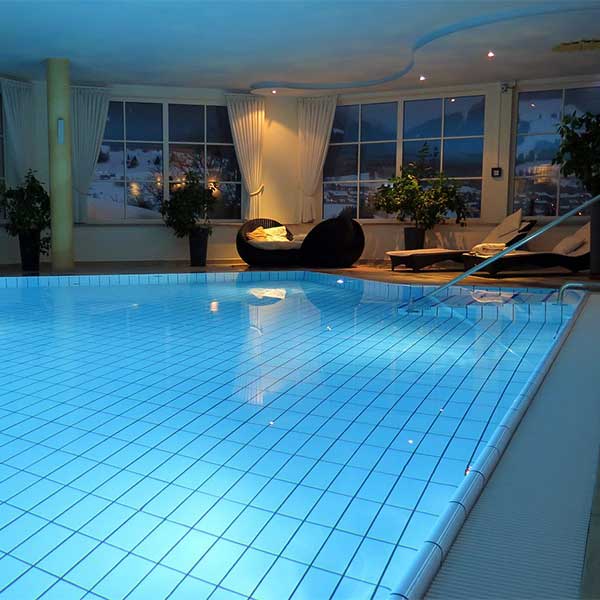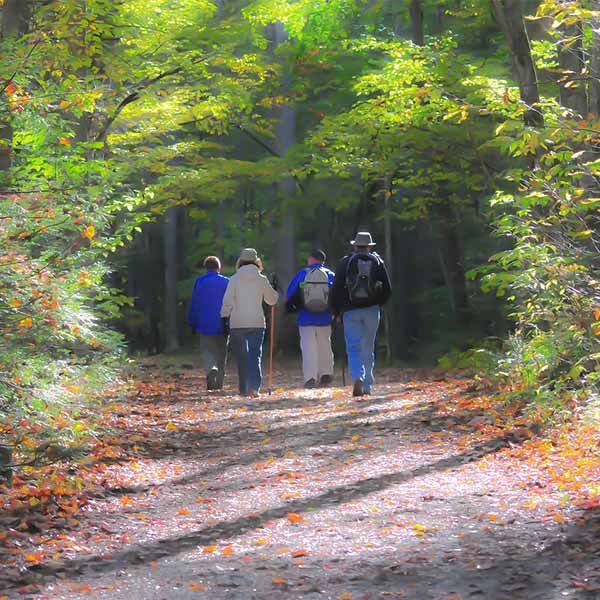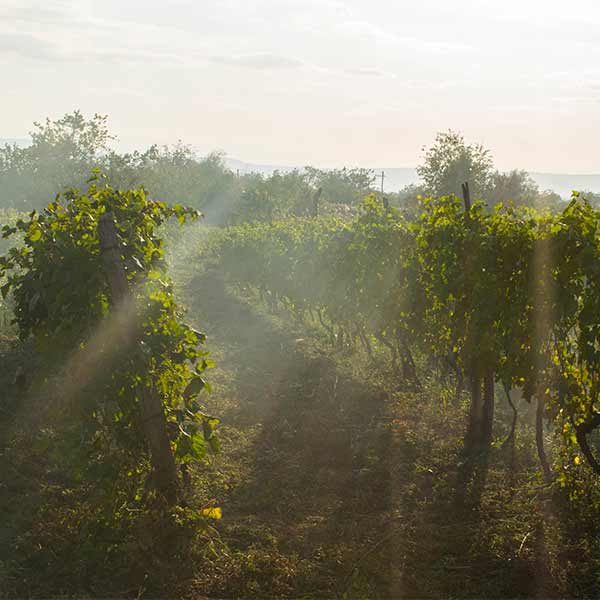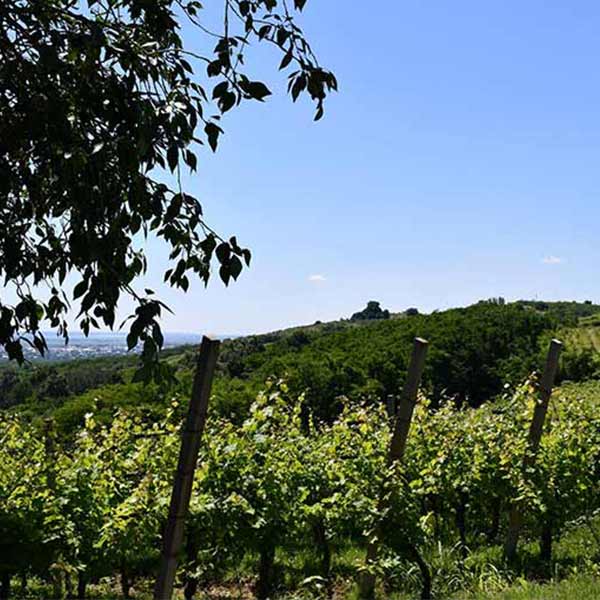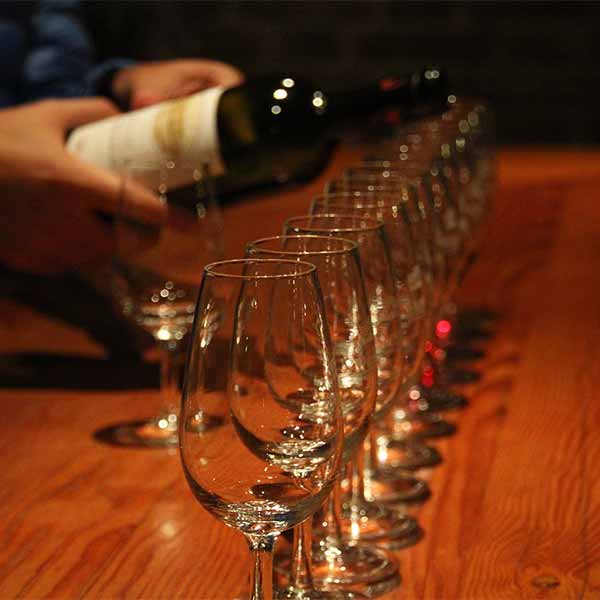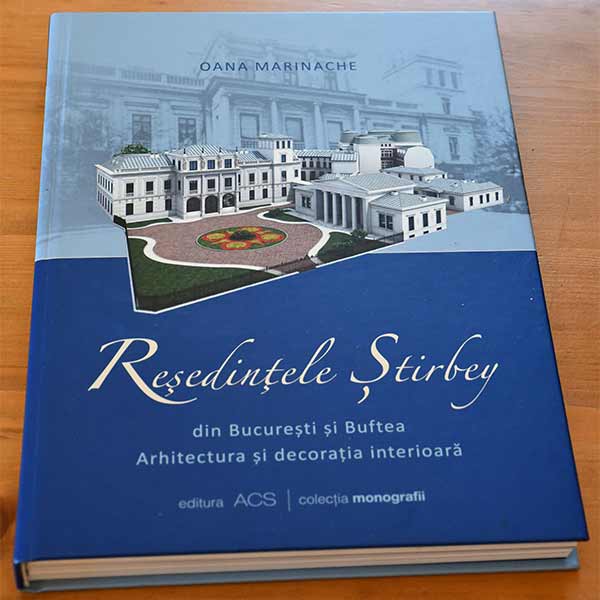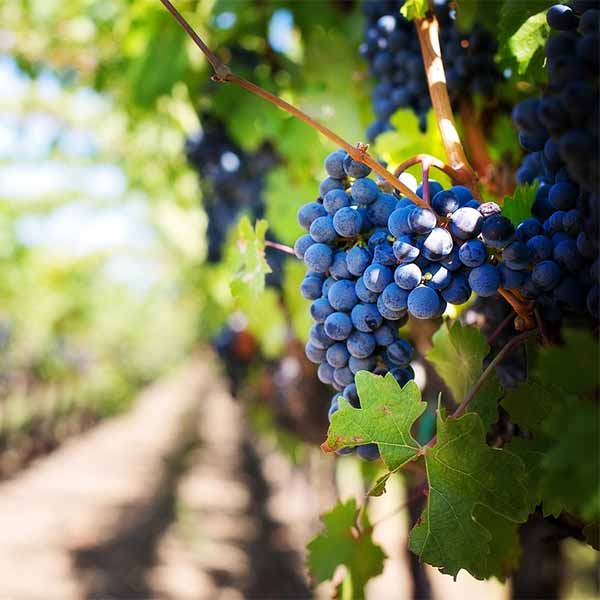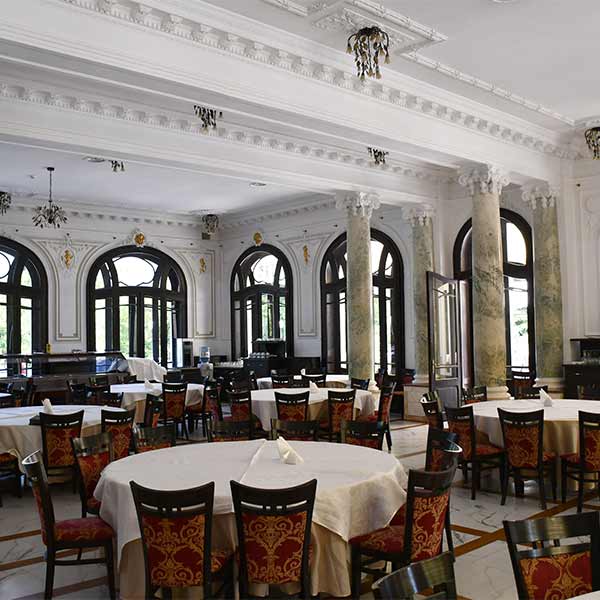
About Valcea
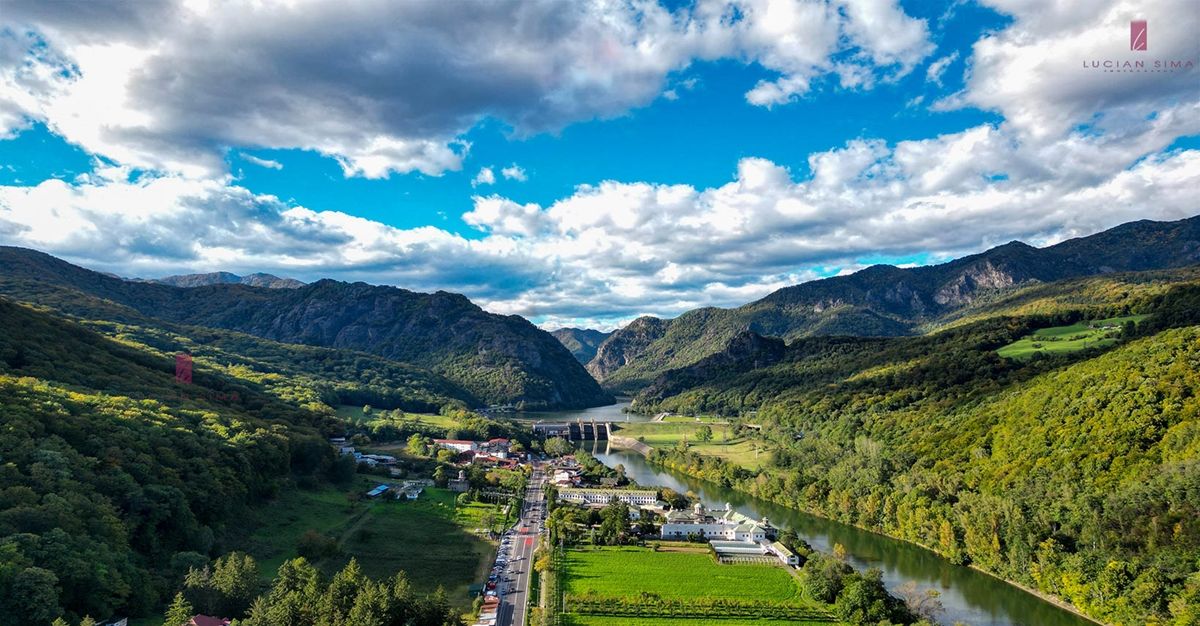
Valcea County is an administrative unit located in southern Romania. Vâlcea County covers an area of 5,765 km² and is bordered by Alba and Sibiu counties to the north, Argeș county to the east, Olt county to the south and south-east, Dolj county to the south-west, Gorj county to the west and Hunedoara county to the north-west. The county seat is the municipality of Râmnicu Vâlcea. From an administrative point of view, Vâlcea county is divided into 2 municipalities, 9 towns and 78 communes.
Due to its geographical location, Vâlcea County benefits from almost all the major forms of relief: mountains, subcarpathian hills, foothills and plains with the appearance of plains, arranged in steps from north to south, completed by the gorges of Olt and Lotru, surrounded by mountains Cozia, Căpățânii, Făgăraș, Lotru and Parâng. Here, between the mountain massifs, lies one of the largest intramontane depressions in the county, known as the Loviștei Country.
Two thirds of the county’s surface is occupied by the Getic Plateau and the Getic Subcarpathians, with altitudes between 400-800m.
More details
The Olt River flows through the county for a distance of 135 km, receiving the waters of numerous tributaries, the most important of which is the Lotrul. This catchment area, which lies on the right side of the Olt, covers almost the entire area of the county. This hydrographic network is completed by numerous lakes: Gâlcescu, Zănoaga Mare, Iezerul Latoriței (glacial lakes), Vidra, Brădet, Cornet, Călimănești, Dăești, Râmnicu Vâlcea, Râureni, Govora, Slăvitești, Ionești, Zăvideni, Drăgășani (artificial lakes on the Lotru and Olt for hydroelectric power stations) and the salt lakes at Ocnele Mari.
The wealth of Valcea County is complemented by important mineral resources, important both for the county’s economy and for the national economy. At Cataracterele Lotrului, near Voineasa, mica, quartz pegmatite and fedspar are mined; limestone from the Bistrița quarry in the commune of Costești: salt (sodium chloride) from Ocnele Mari; brown coal from Berbești, Alunu, Copăceni; crude oil and natural gas from Băbeni, Mădulari, Făurești; mineral springs from Călimănești, Băile Olănești, Băile Govora; hydroelectric power stations (17 in number).
